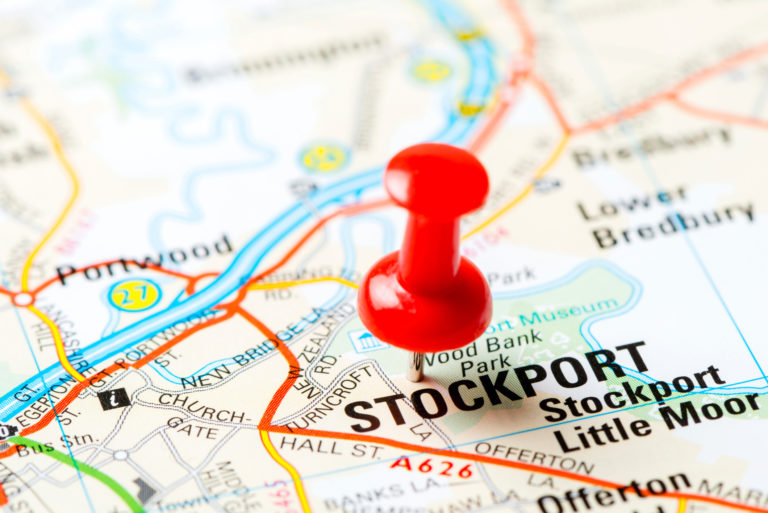A combination of the pandemic-induced work and lifestyle changes, low interest rates and the stamp duty holiday has led to strong activity in the UK property market. But how has this impacted the sector?
The second quarter of 2021 was a strong period for the UK property market. This is particularly evident when comparing the data to 2019 figures. The strong activity has provided a substantial uplift across a number of sectors and a boost to the economy.
In Q2 2021, 500,000 households were entering, progressing or completing the process of moving, according to a report from consultant TwentyCi. The number of households in the home moving journey was up by more than 40% compared to Q2 2019.
Colin Bradshaw, chief customer officer at TwentyCi, comments: “As we know the pandemic has changed the way people live their lives and as a result of this and a generous fiscal policy the property market is booming.
“However, with the stamp duty holiday coming to an end it remains to be seen whether there will be a significant increase in transactions falling through as a direct consequence of missing the incentive of the deadline.”
Rise in property transactions
Up to the end of June, more than one million properties completed during the stamp duty holiday. In the final week of the full holiday up to the threshold of £500,000, there were 78,000 property completions alone. This is a whopping four times more than the usual weekly volume.
In the coming months, the tapered end to the stamp duty holiday and the lack of housing stock could cause a slow-down in the market. The sector could may to wind down to a pattern seen pre-COVID.
Regional changes in asking prices
Currently, the UK average asking price is now £391,000. This is an impressive 8.3% rise from £361,000 in Q2 2019. Every region saw an increase in asking prices except inner London. Leading the way, Wales and the north-west of England saw year-on-year price increases of 22% and 20% respectively.
With the rise in the volume of sales agreed and no significant increase in properties coming to the market, there has been a lack of available properties. This has been driving up prices as demand exceeds supply. The lack of affordability, particularly in certain areas, is further exacerbated by the lack of housing stock on the market.
This rise in house prices is making it more challenging for some first-time buyers to get on the property ladder. TwentyCi’s data even shows many first-time buyers are getting priced out of the south of England entirely.
On the other hand, the Midlands and north remain much more affordable for buyers and investors, despite recent price rises. These regions have a greater portion of properties at or below £250,000. This could make the area particularly appealing during the tapering end of the stamp duty holiday, which is place until the end of September.










